
FDA Cleared
Overview
Silver Post Operative Dressing is designed to combat the issue of surgical site infections, which account for between 14% and 17% of all wound infections.1 The ergonomically designed dressing provides an effective antimicrobial barrier to aid post-operative healing.2
The gelling silver fibre and waterproof bacterial barrier film provide broad-spectrum efficacy against gram-positive and gram-negative bacteria and yeast while minimising trauma on removal.3
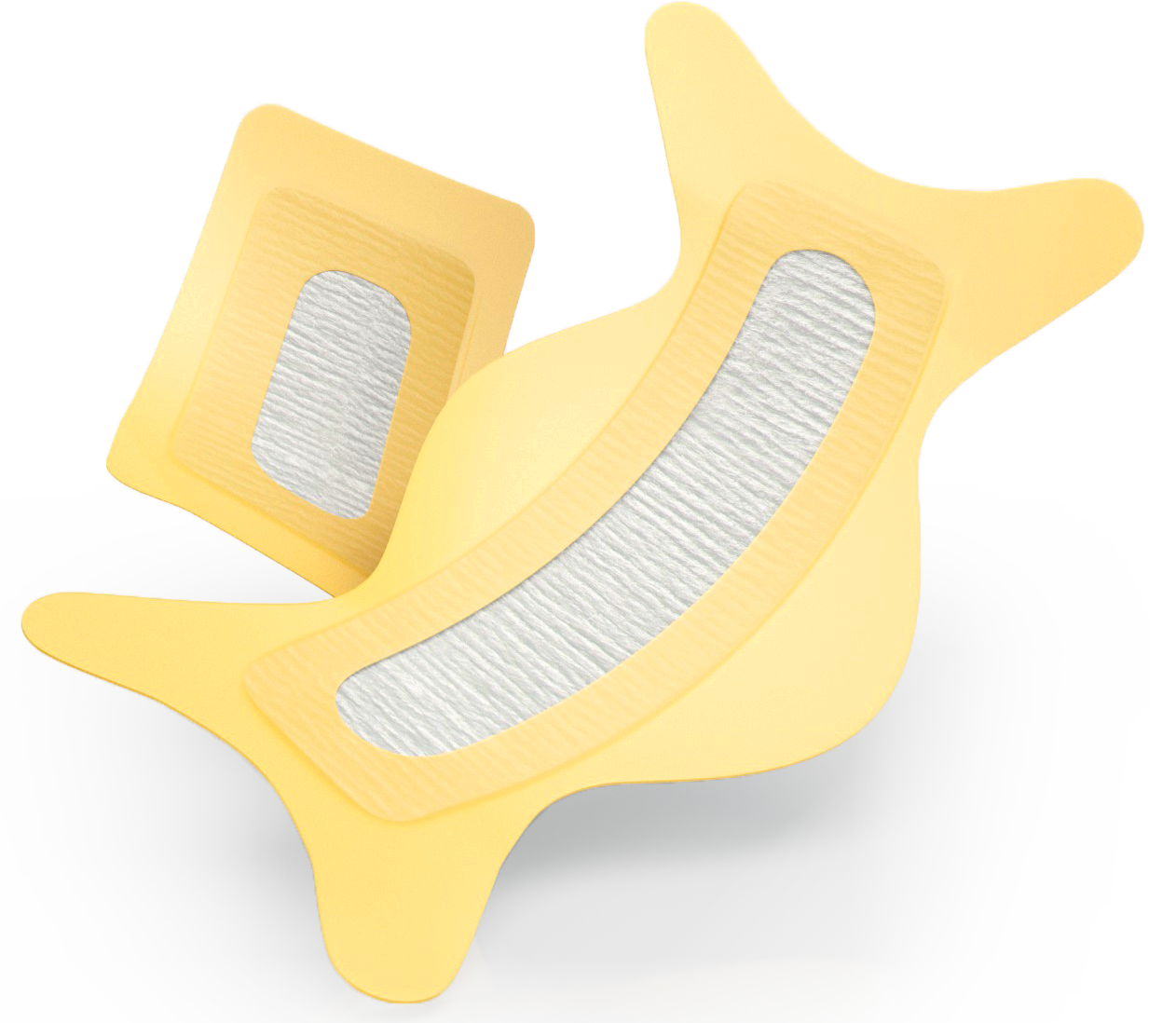
Conformable, flexible and waterproof - Surgical Post Operative Dressing is an effective bacterial barrier to aid postoperative healing.
The dressing is designed to maintain effective contact with the surgical wound for a 7-day wear time, whilst its flexibility enables patient mobility.
The central non-woven pad contains a silver complex, which prevents colonisation and proliferation of bacteria.
The non-woven pad is contained within two hydrocolloid layers:
- The outer layer is waterproof, which enables the patient to shower
- The inner layer adheres to healthy skin, minimising trauma on removal, while providing secure fixation to minimise leakage and enabling patient mobility
The Silver Post Operative Dressing range includes an ergonomically shaped dressing designed specifically for joint arthroplasty procedures.
Silver Post Operative Dressing
Silver Post Operative Dressing is a sterile dressing comprising of an absorbent non-woven pad containing ionic silver. This centred silver pad is secured between two layers of hydrocolloid.
The outer hydrocolloid layer incorporates a breathable waterproof film.
The inner layer of hydrocolloid forms a windowed self-adhesive skin contact layer, which adheres to healthy skin, reduces trauma on removal and assists in minimising leakage.
As wound fluid is absorbed, the dressing forms a gel, which helps maintain a moist environment.
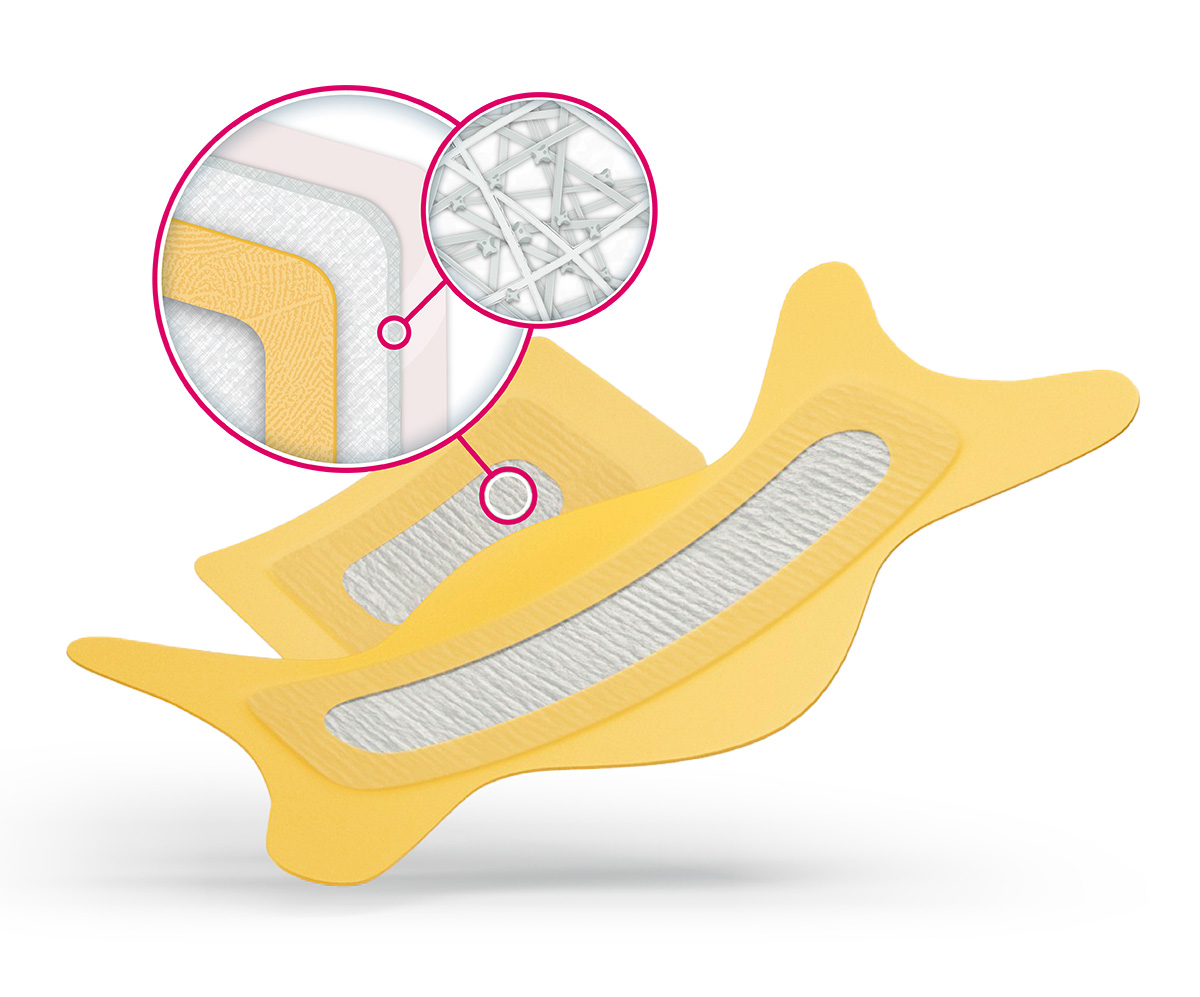
Time in hours for total eradication
Data showing hours taken to achieve >4 log reduction within the dressing.
A lower score indicates better performance.
| Test organism | ActivHeal Surgical Ag | Aquacel® Ag Surgical |
|---|---|---|
| MRSA | 168 | 168 |
| MRSE | 96 | 168 |
| VRE | 24 | (4 log not achieved) |
| Pseudomonas Aeruginosa | 6 | 6 |
| Escherichia Coli | 6 | 24 |
| Klebsiella Pneumonia | 6 | 6 |
| Candida Albicans | 48 | (4 log not achieved) |
| Candida Krusei | 6 | (4 log not achieved) |
Broad spectrum efficiency
Silver Post Operative Dressing, when tested in-vitro has been demonstrated to be effective against the following:
Gram-positive bacteria: MRSA, MRSE, VRE
Gram-negative bacteria: Escherichia Coli, Klebsiella Pneumoniae, Pseudomonas Aeruginosa
Yeast: Candida Albicans
Key Features and Benefits
Hydrocolloid allows for secure adhesion
Ensures that the dressing stays securely in place and reduces the chance of leaks
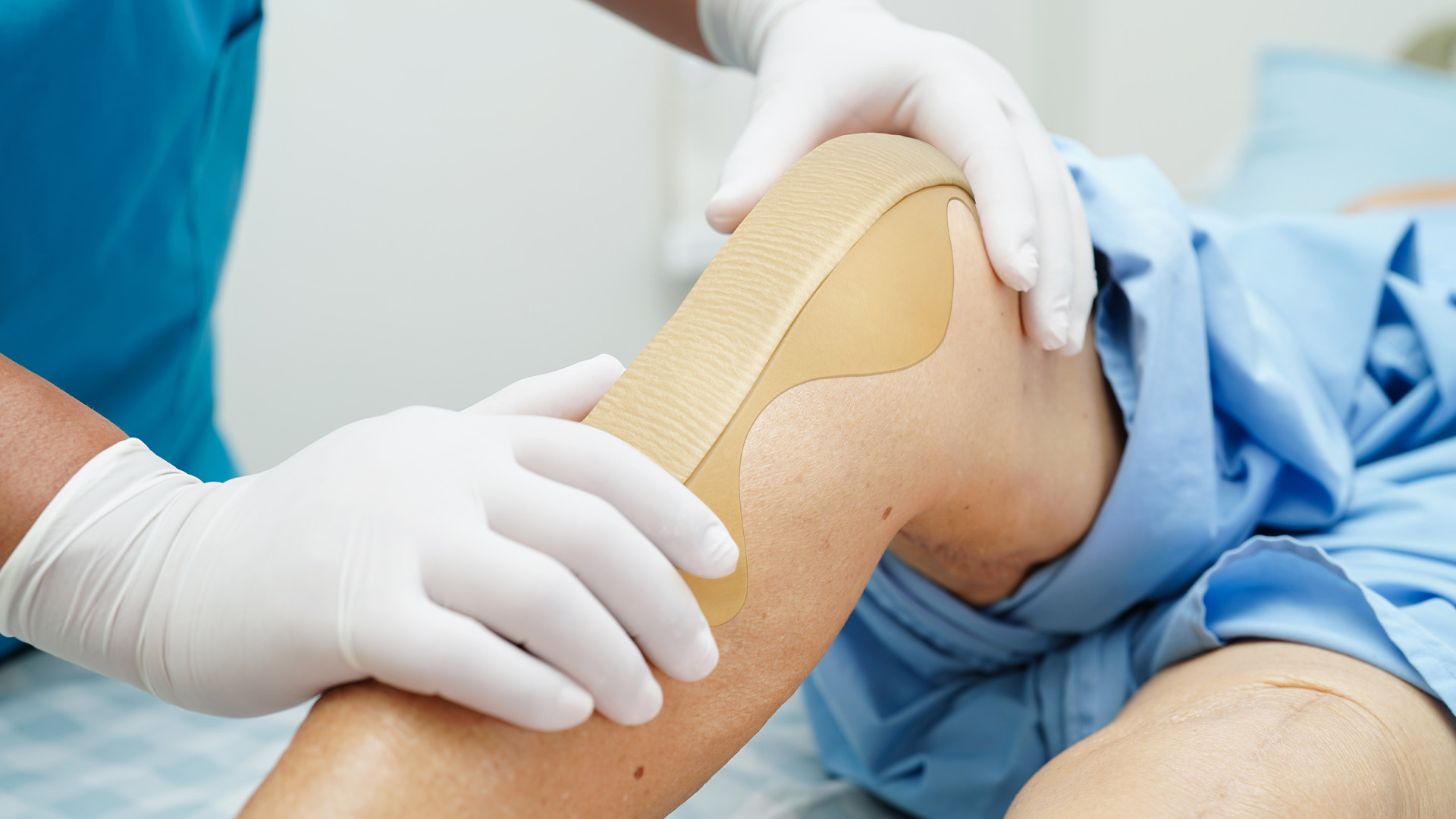
Flexible waterproof barrier
Patients can shower with the dressing in situ
Absorbent non-woven pad
containing silver ions
Strong action against a wide range of pathogens known to delay wound healing
Minimises trauma on removal
Helps to improve the patient experience and minimise trauma at dressing changes
Helps maintain a moist wound environment
Assists with wound healing progression and getting the patient back on their feet sooner
Indications For Use
Silver Post Operative Dressing may be used in the management of postoperative surgical wound healing by primary intent and as an effective barrier to bacterial penetration.
Need more information?
Download our factsheet to learn more about Silver Post Operative Dressing.

1. Spagnolo, A.M., Ottria, G., Amicizia, D., Perdelli, F. and Cristina, M.L., 2013. Operating theatre quality and prevention of surgical site infections. Journal of preventive medicine and hygiene, 543, p.131.
2. AMS Data on file
3. AMS Data on file - KOLL 1504.ne, 54(3), p.131.
Aquacel AG Surgical is a registered trademark of Convatec
Infection Control

Silver Hydrogel
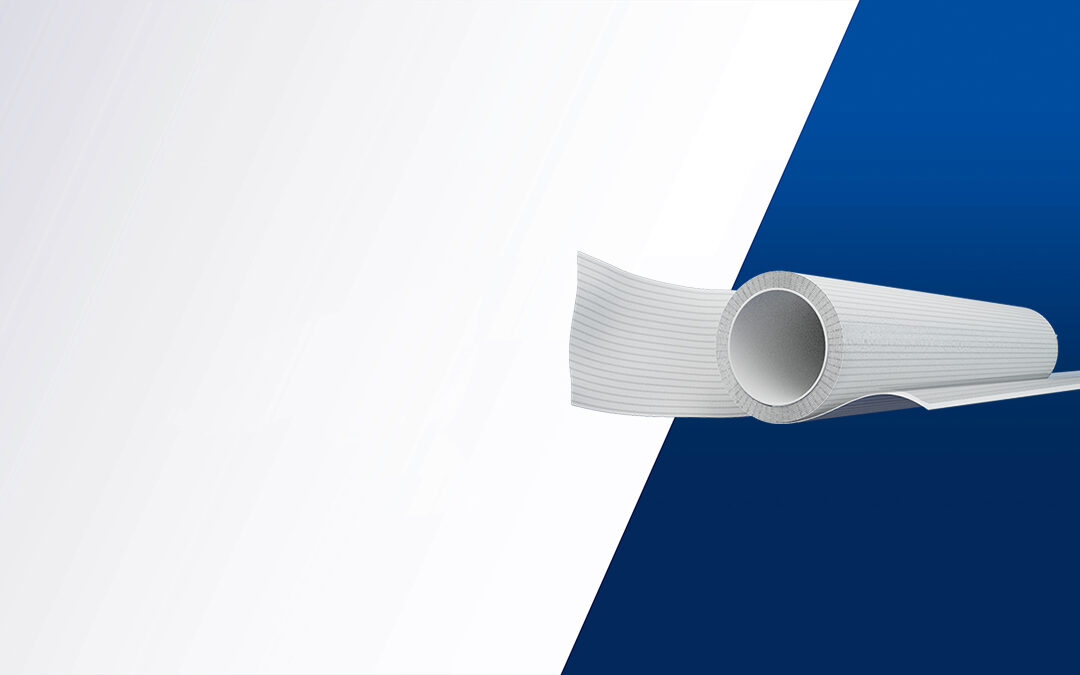
Moisture Wicking Fabric with Tri-Go™
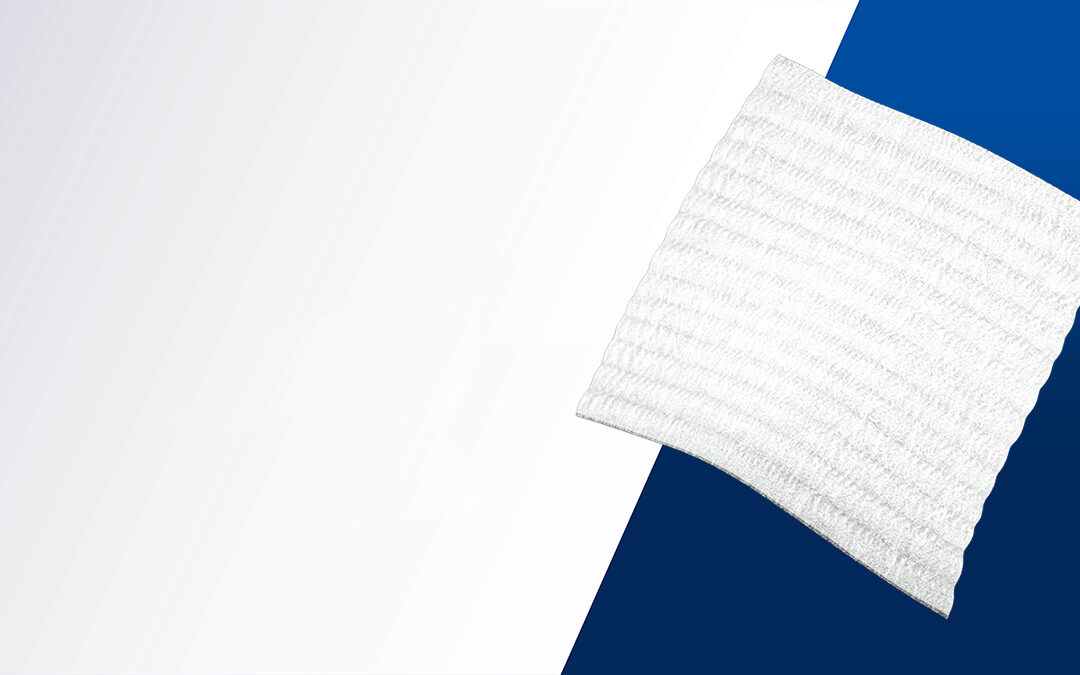
Silver Alginates
1. Data on File (2007) P914R. 2. Data on File (2007) P824R. 3. World Union of Wound Healing societies. [WUWHS] Position document management of biofilm. Wounds International. London. (2016).

Silver High Performance Dressing
